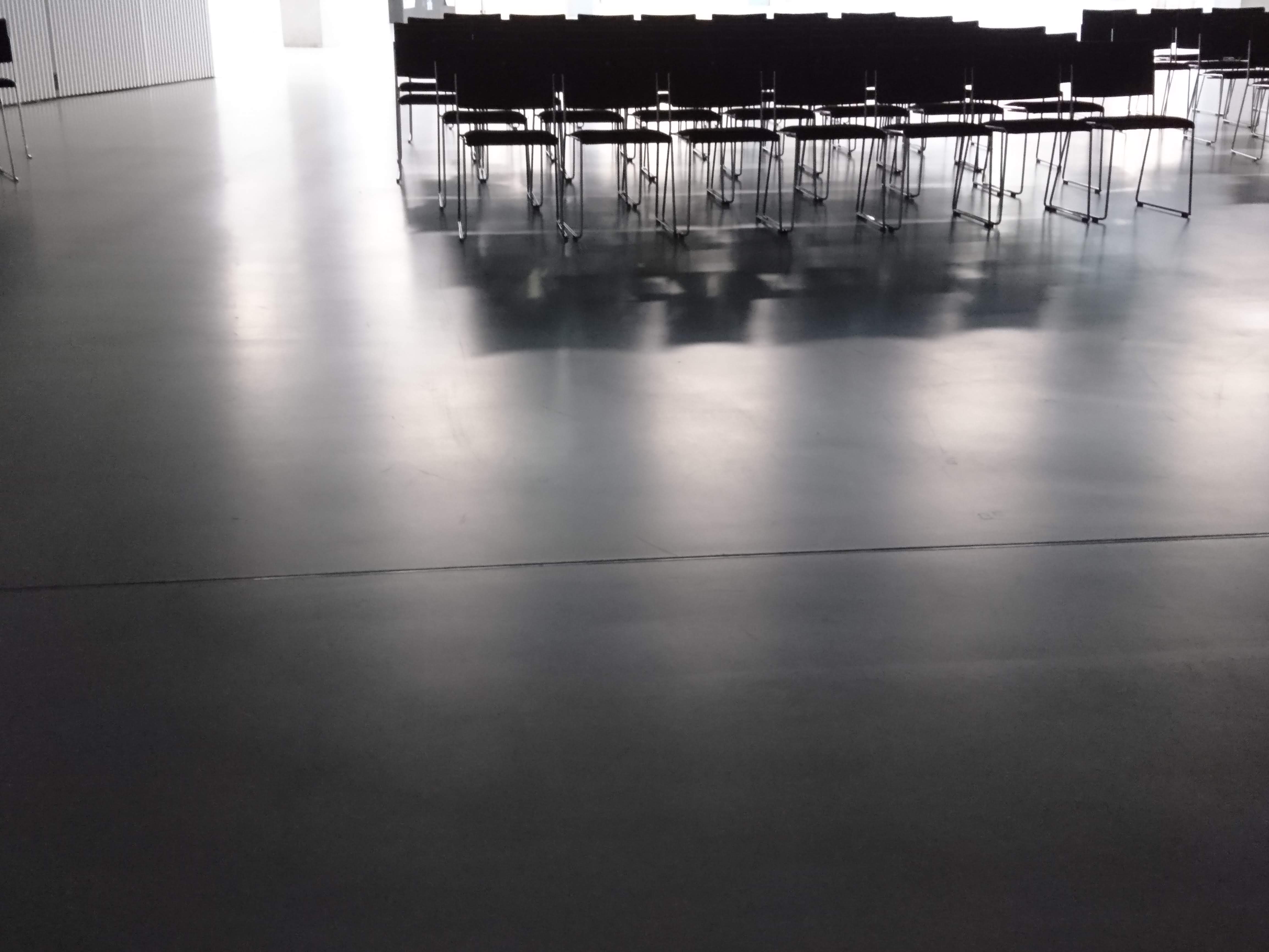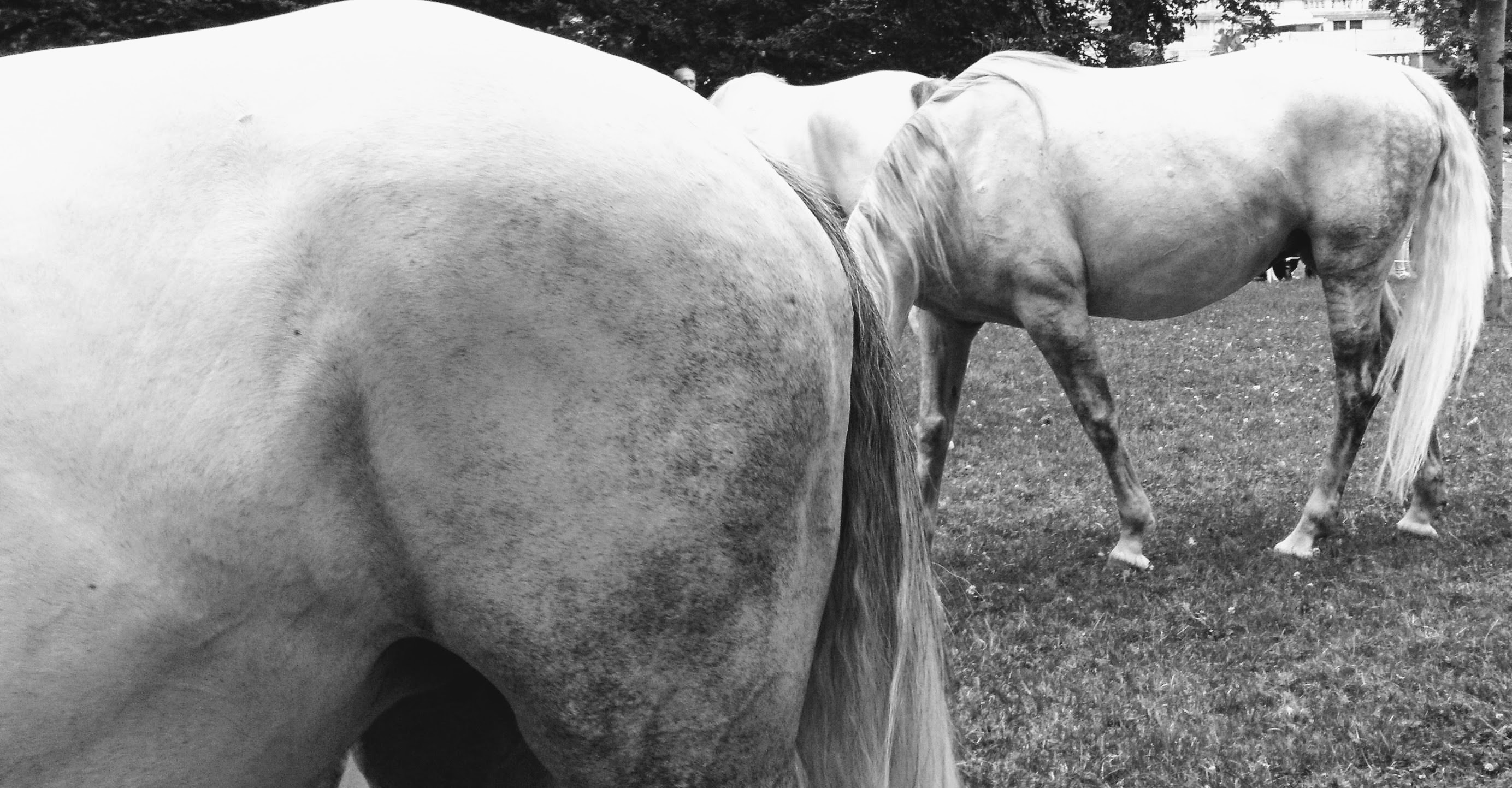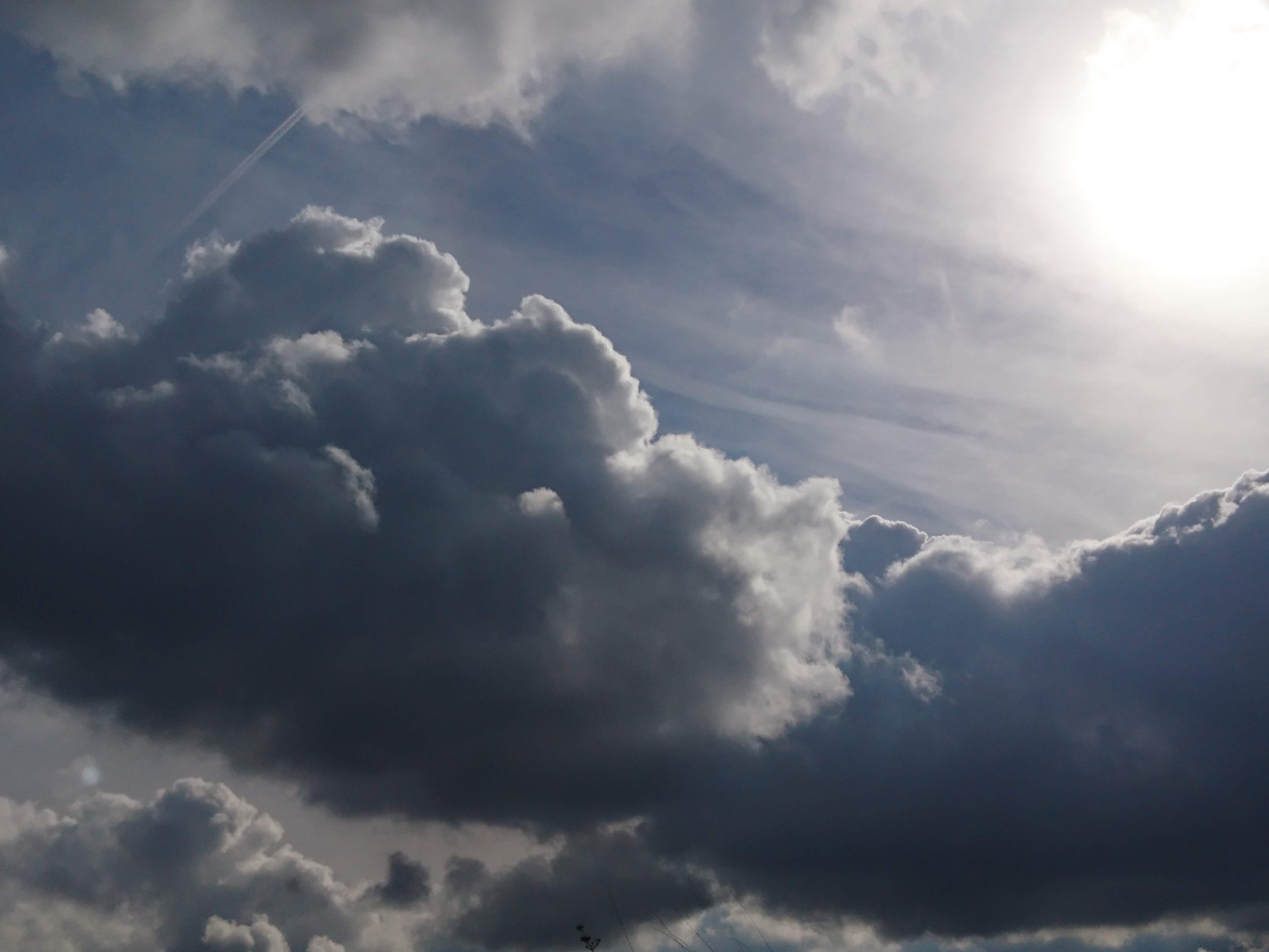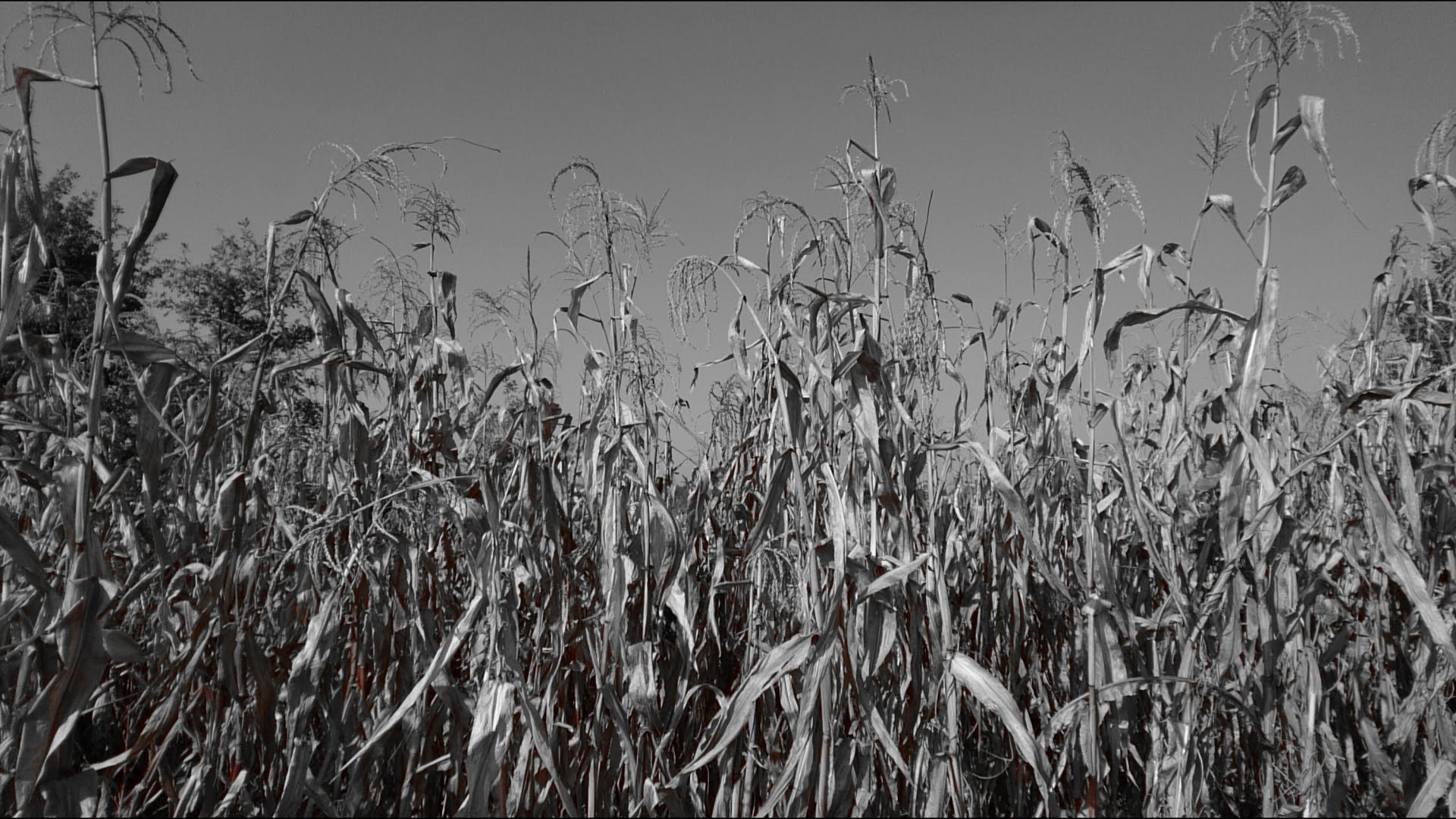








Evening at open cave: Planning the unplanned – Welcome to Kontrollversust
with Michael Bachhofer, Romana Egartner, Frédérique Neuts Leroy and Margit Busch
A space of opportunity with unexplored paths, dead ends, partially absent or sleeping artists and unexpected as well as expected guests, whom we warmly welcome to joint loss of control.
We rehearse the loss of control and raise questions. Where’s the control when you’ve lost it? Then does someone else have control? Can / do we want to submit? Do we need seat belts to let go, rules that don’t have to be followed? Can you stage letting go? How can one get lost between A and B, two points in space-time? Is sleep a loss of control? And, last but not least, will Houellebecq appear to us – in dreams or in reality? By the way, what do we do when 2 + 2 = green and Heinz von Foerster eats fishtails?
https://www.viennaartweek.at/de/program/planning-the-unplanned-welcome-to-kontrollverlust/

Ausnahmen
2020. Jahr der Isolation, Jahr der Neugestaltung, Jahr der restriktiven Maßnahmen.
Die Quarantäne hat ihre Spur hinterlassen: Einsamkeit, Frust, Besorgnis, Zweifel, die ständige Konfrontation mit einer ungewissen Zukunft als je zuvor. Die Frage, ob jemals, morgen so aussehen wird, wie gestern.
Diese Zeit war die Wüste der Kreativität: Man hat sich nur auf Eines konzentrieren können: auf die Möglichkeiten, die Verlängerung einer solchen Situation, zu verhindern. Die Corona Maßnahmen waren die neuen Sekunden der gesellschaftlichen Uhr. Maßnahmen, die dafür gedacht waren, uns in all das zu limitieren, was für uns ein Gefahr hätte werden können und so schnell wie möglich unseren verlorenen Alltag wiederherzustellen.
In der Ungewissheit, gab es keinen Platz für Kreativität. Noch weniger auch, für künstlerische Projekte. Nur für Maßnahmen, die sich dann langsam in den Maßen verwandelten, welche unsere alltäglichen Leinwände bemalt haben. Wo nichts zu finden ist, wird das Nichts als Subjekt betrachtet. Somit sind Maße in dieser Zeit das Leitmotiv geworden.
Es heißt, man solle alles in Maßen genießen. Aber wie sollen wir erklären, wenn die Maße überschritten wurden? Wie sind Über-Maße zu erkennen? Und was können sie verursachen?
Text: Madalina Solomon, September 2020
The paintings exposed with the group “art and science society”, are related to some questions. Art is everything. Science is everything. Are you sure ? My artwork questions the parallel concepts that exist between the arts and sciences. Due to my initial training in human sciences, my visual or sound proposals are possible experiments or demonstrations around urban, societal or geographic themes. The public is often invited to intervene and play with the installations.
Façade, project and live performance by Frédérique Neuts Leroy. Malta, DHRA, September 2018
HERITAGE – n.
features belonging to the culture of a particular society, such as traditions, languages or buildings, that were created in the past and still have historical importance. The understanding of her environment is a leitmotiv in Frederique Neuts’s practice. She addresses it by employing a variety of strategies, derived especially from photography, anthropologist investigations, Minimalism in Art and experimental geography – a world she knows intimately from her past career as a geographer. Focusing on the performance “facade” presented during the conference DRHA 2018 in Malta, this text identifies “heritage” as a common thread in Neuts’s practice, using the definition from the Cambridge Dictionary as foundation of her artwork she will perform. In fact the features belonging to the maltese culture as architectural heritage are included the ornamentations and architectural details on the urban facades. By selecting some of them from the most famous buildings in Valletta, she observed and created a large ephemeral drawing. For this performance, she proposes to reactivate in live the past and memories, visitors are invited to attend an ephemeral mandala as remembering act.
About her personal practice… She started to observe the ornamentations of ukrainian Houses during her first travel in Transcarpatia 2017. She collected by anthropologist method, large and various geometric motifs. Than she developed her process of mandala after to draw many variations of the facade’s motifs and after to notice how the drawing act was particularly related to a meditation act. She made geometrical ephemeral drawings, composed from bi tonal color in reference to the american Sol Le Witt. She discovered that geometric language was an intelligent way to express simple, concise, truthful, harmonious conceptual ideas. She made art as planned way, using the minimum necessary in order to express a idea. But she is also very attending the accident, “l’imprevu” by uncontrol gesture, failure of the material… as a spontaneous way to create artwork.
About her project…Valletta has been built on a peninsula in the central eastern part of Malta and the entire city has been declared as UNESCO World Heritage Site. Valletta boasts many buildings from the 16th, mostly baroque architecture that was built by the Knights of St John. In fact one could say that Valletta is a open air monument and museum, not only by the innumerable famous places but also by the anonymous small streets with grid like shape. For her project, she will use the geometric forms of the maltese facades as starting point to explore new complex drawing composition. For that she collected many curve forms, strict lines and moving shapes from different building facades in Valletta. It could be anonymous or famous buildings as the Victoria Gate, the Archeological Museum, the National Parliament or the Valletta Waterfront… .
The final composition will be the result of many ornamentations and architectural details.
“I need to adjust one by one each geometrical element in the final composition without it affects the harmony of the global composition; it’s why I exclude static shapes, I am thinking in terms of the sens of a curved or straight lines, how they are connecting, which meaning they are surrounding.”
Her final drawing is re-composed, re-agencement of initials forms to create a new perspective of Valletta’s heritage. Not only as major historical world patrimoine but also as memory who defines the collective, cultural and historical memories on which europeans societies build their identities.
About her performance…
With minimum action, she enters into act of meditation by drawing with sand falling on dark support during a long time performance. With a clear reference to Tibetan tradition of mandala, the drawing will appear slowly and lets the public attending the end of a long art process.
This process is finally a question about time and how to inscribe the human action in the present. By using sand it will be demonstrate how our conscience of time and our ability to remember are built the collective history and societal memories.
At the end the public will be invite to erase the mandala (by pushing the sand to the middle) and to experiment the fragile, the unstable and the ephemeral.



